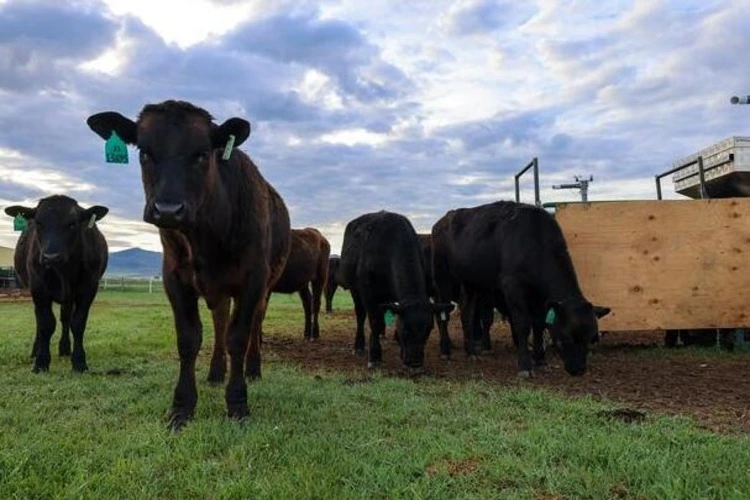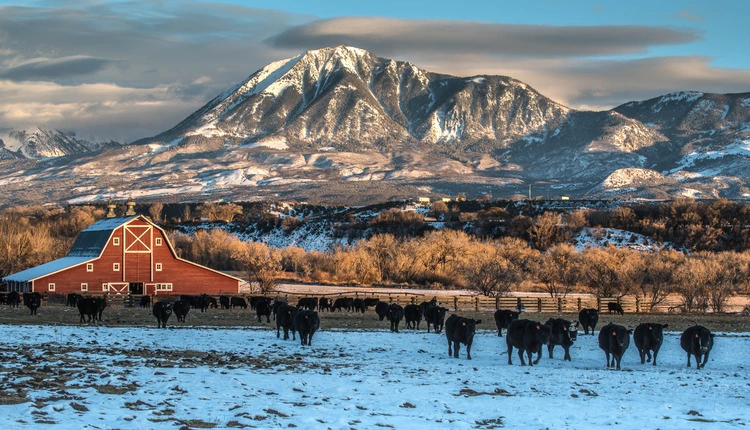
Livestock account for 14.5 per cent of all methane emissions – but a swap to seaweed may counter the harmful gases that cows produce
By
You might think that cows thrive on a diet of grass, but a new study has shown just how valuable feeding an alternate source of greenery – seaweed – to the animals can be in protecting the planet.
In a study led by researchers at the University of California Davis, researchers fed 24 grazing beef cattle at a US ranch a seaweed supplement in pellet form. This change in diet reduced overall methane emissions by 40 per cent – and crucially did not affect the animals’ health or weight.
Enjoying this article? Check out our related reads:
In the US alone, there are 9 million dairy cows and more than 64 million beef cattle, so balancing the global demand for meat alongside the implications of methane production is hoped to be better achieved through using seaweed.
This is the first study of its kind on grazing beef cattle, but seaweed has previously been earmarked as a viable alternative to grass, with studies showing it cuts methane emissions by 82 per cent in feedlot cattle, and more than 50 per cent in dairy cows.
Researchers suggest that seaweed could even be added to ‘lick blocks’ for cattle. As their name suggests, these blocks are licked by cattle and contain essential nutrients, minerals and other components essential for their health and wellbeing.
Cattle & methane emissions
Livestock account for 14 per cent of global greenhouse gas emissions – around 2.1 billion tonnes of CO2 equivalent each year – with the largest proportion of that figure down to cattle releasing the gas when they burp, a category known as enteric methane emissions.
For comparison, the collective impact of burning fossil fuels around the globe is 37.5 billion tonnes of CO2.

Grazing cattle – the type researched in the new study – produce the most methane out of all animal types, as they consume more fibre from grass.
The impact of methane on the planet is significant: it is the primary contributor to ground-level ozone, which leads to 1 million premature deaths each year. The greenhouse gas is also 80 times more powerful at warming the planet compared to carbon dioxide, over a twenty year period.
And even when CO2 emissions dropped during the first pandemic lockdowns in 2020, methane concentrations in the atmospheric still increased. That’s why scientists are hopeful seaweed can offer a means of driving the quantity of the greenhouse gas right down.
The effects of seaweed on cattle
Although several studies have reported the benefits of methane reduction through feeding cattle seaweed, other research has highlighted the potential damaging effects that such a swap may have on cattle.
A paper from the University of Murdoch in Australia has shown that during trials of using Asparagopsis – a type of seaweed – as cattle feed, evidence of ulceration, haemorrhaging and inflammation in cows’ stomachs was found.
Milk production was also seen to decrease, with the milk being produced contained higher levels of chemical bromoform – although still within the safe parameters for human consumption.

However, the paper highlights consideration should still be taken for humans handling Asparagopsis biomass during processing, as past safe thresholds the chemical can cause slowing down of brain function, as well as liver and kidney dysfunction.



